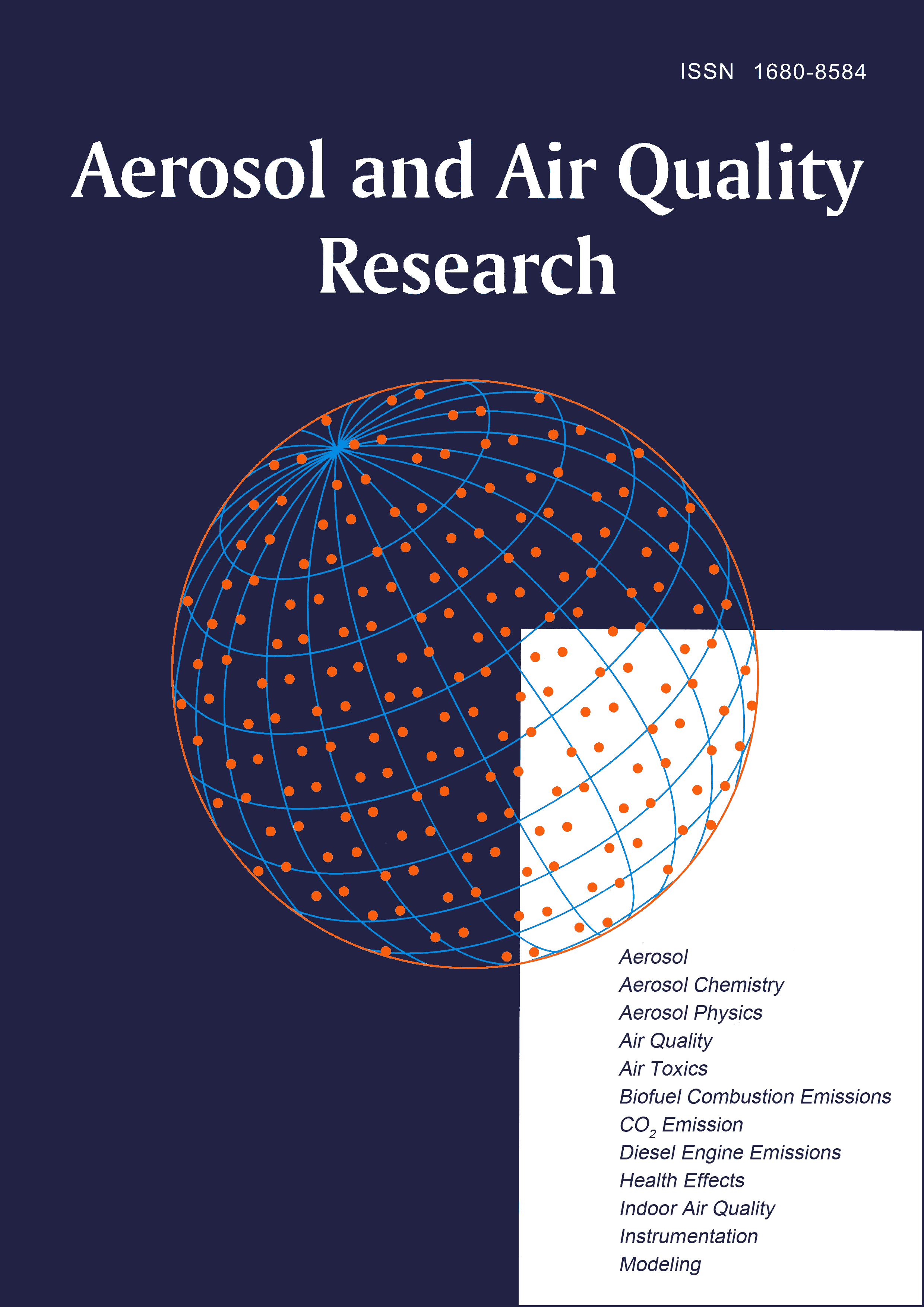Improving Correlations between Land Use and Air Pollutant Concentrations Using Wavelet Analysis: Insights from a Low-cost Sensor Network
Abstract: City-wide air pollution assessments have typically relied on a small number of widely separated regulatory monitoring sites or land use regression (LUR) models built using time-integrated samples to assess annual average population-scale exposure. However, air pollutant concentrations often exhibit significant spatial and temporal variability depending on local sources and features of the built environment. In 2016, the Center for Air, Climate, and Energy Solutions (CACES) Air Quality Observatory was launched at Carnegie Mellon University to better understand urban spatial and temporal pollution gradients on the < 1 km scale. The specific goal of this study was to understand how highly temporally and spatially resolved low-cost stationary sampler data could be linked to modifiable factors (such as land use characteristics). Measurements in Pittsburgh, PA, USA consisted of a staged deployment of 15 stationary air quality monitoring stations, which used a low-cost air quality monitor, the Real-time Affordable Multi-Pollutant (RAMP) monitor, for measuring CO, NO2, O3, and CO2, the low cost Neighborhood Particulate Monitor for measuring PM2.5 a higher cost instrument for measuring ultrafine particle concentration. The campaign was from August 2016–May 2017 and also included mobile sampling with reference-grade instruments in ~1 km2 grids around the stationary monitors. The stations were deployed as a rural-urban-rural transect along the prevailing wind direction and in downtown urban locations with a range of modifiable factors, such as traffic, restaurant and population densities. Wavelet decomposition was used to separate the pollutant time series from the stationary samplers into short-lived (< 2 h) pollution events, longer-lived events (2–8 h) and persistent enhancements (baseline changes > 8 h) above the regional background. Compared to the non-decomposed total pollutant signal, the short-lived or persistent enhancement pollutant signals, which should come from local sources, were better correlated with covariates used in LUR model construction. For example, Pearson r between total vehicle counts in a 100 m buffer and NO2 increased from 0.57 using the total pollutant signal to 0.83 using the persistent enhancement only. The findings from this study support building more accurate and higher time resolution (e.g., daily, hourly) LURs using low-cost sensors.


Leave a Reply